Understanding Water Damage Restoration
What is Water Damage Restoration?
Water damage restoration is the process of returning a property to its pre-loss condition after experiencing water-related damage. This involves several steps, including water extraction, drying, dehumidification, and repairs to any affected structures. The goal is to mitigate the damage, prevent mold growth, and restore the property efficiently. This is particularly crucial in ensuring safety and comfort within your living spaces. Engaging in effective Water Damage Restoration can save money in the long run and enhance the integrity of your property.
Common Causes of Water Damage
Understanding the common causes of water damage is essential for prevention and quick response. Here are several prevalent sources:
- Leaks: Leaking pipes, appliances, or the roof can lead to significant water accumulation.
- Flooding: Natural disasters or heavy rains can inundate properties, overwhelming drainage systems.
- Basement Infiltration: Poor drainage can cause water to seep into basements and crawl spaces, exacerbating humidity issues.
- James’s Water Damage: Incidents such as burst pipes or overflowing toilets can create immediate and severe damage.
- HVAC Issues: Faulty air conditioning systems that malfunction can also result in water accumulation.
Importance of Timely Restoration
Timeliness is a critical aspect of water damage restoration. The longer water remains in contact with structural elements, the greater the risk of damaging your property. Here’s why timely action matters:
- Prevention of Mold Growth: Mold can develop within 24 to 48 hours of water exposure, posing health risks and complicating remediation efforts.
- Reduction of Repair Costs: Quick intervention minimizes damage, potentially saving thousands in repairs and losses.
- Preservation of Property Value: Maintaining the integrity and value of property is crucial in leveraging your investment over time.
- Enhanced Safety: Standing water and damp conditions can create hazardous environments, risking health and safety.
Assessing Water Damage
How to Identify Water Damage?
Identifying water damage involves recognizing the signs that indicate potential underlying issues. Here are some common indicators:
- Visible Water Stains: Discoloration on walls, ceilings, or floors is often the first sign of water intrusion.
- Musty Odors: Unpleasant odors can indicate mold or mildew development due to moisture.
- Peeling Paint and Wallpaper: If paint or wallpaper shows signs of bubbling or peeling, it may signify moisture trapped underneath.
- Soft or Warped Surfaces: Wood surfaces may become soft and swollen, indicating potential damage and rot.
- Excessive Humidity: High humidity levels (over 60%) can suggest hidden leaks and moisture-related problems.
Types of Water Damage
Water damage is generally categorized into three types, based on the source and contamination level:
- Category 1 (Clean Water): Water from a clean source, such as a broken pipe, that does not pose a substantial risk to human health.
- Category 2 (Grey Water): Water containing a significant level of contaminants, possibly due to a washing machine overflow or toilet overflow. This category necessitates more careful handling.
- Category 3 (Black Water): Highly contaminated water from sewage or flooding with dangerous bacteria and chemicals. This requires immediate professional remediation due to potential health risks.
Evaluating Severity and Impact
Assessing the severity of water damage is a crucial step in the restoration process. Factors to consider include:
- Extent of Water Infiltration: Analyze how far the water has penetrated various materials.
- Source of Water: The water source determines the level of contamination and necessary safety precautions.
- Duration of Exposure: The length of time materials have been wet directly correlates to the severity of damage.
- Building Materials Affected: Different materials react differently to water; wood, for instance, may warp while concrete may require different handling.
Water Damage Restoration Process
Initial Response and Safety Measures
When facing water damage, the first step is ensuring safety. This includes:
- Turning Off Utilities: Disconnect power and gas before entering flooded areas to avoid potential hazards.
- Wearing Protective Gear: Use protective clothing and gear like gloves and masks to shield yourself from contaminants.
- Assessing Structural Safety: Check for sagging ceilings or unstable structures before entering damaged areas.
Extracting Water Efficiently
The extraction process is critical in mitigating damage. Techniques include:
- Pumping: Use high-capacity pumps for large volumes of water from flooding.
- Wet/Dry Vacuums: For smaller amounts of water, wet/dry vacuums are effective for extraction.
- Manual Sweeping: Upon removal of excess water, manual sweeps and mopping may be necessary for thoroughness.
Drying and Dehumidification Techniques
Once water is extracted, thorough drying is essential to prevent mold growth. Best practices include:
- Air Movers: Utilize fans to circulate air and facilitate evaporation.
- Dehumidifiers: Implement commercial dehumidifiers to absorb excess moisture from the air.
- Natural Ventilation: Open windows and doors to allow fresh air to flow, aiding the drying process.
Preventing Future Water Damage
Regular Maintenance Tips
Maintaining your property does more than enhance aesthetics; it also protects against water damage:
- Regular Inspections: Schedule annual inspections of plumbing, roofs, and basements to catch potential issues early.
- Gutter Maintenance: Keep gutters clean and ensure downspouts direct water away from the foundation.
- Seal Leaks: Regularly inspect and seal any gaps in foundations and walls that could allow water intrusion.
Installing Protective Equipment
Protection goes a long way. Consider these preventive measures:
- Backwater Valves: Prevent sewage backups by installing medical-grade backwater valves in sewer lines.
- Check Valves: Install check valves in basement floor drains to stop water from backing up during floods.
- Sump Pumps: Equip your basement with sump pumps to drain excess water during heavy rains and prevent flooding.
Landscape and Drainage Solutions
Landscape design can significantly influence water runoff around your property:
- Grading: Ensure landscaping slopes away from the foundation to direct water flow.
- French Drains: Install French drains to divert surface water and reduce pooling around foundations.
- Rain Gardens: Create rain gardens to absorb excess rainfall and reduce runoff.
Choosing the Right Professionals for Water Damage Restoration
What to Look for in a Restoration Service?
Selecting the right professional restoration service can be daunting. Consider the following:
- Experience and Qualifications: Look for companies with a proven track record and certified professionals.
- Customer Reviews: Research reviews and testimonials to assess satisfaction levels of previous clients.
- Availability: Prioritize restoration services that operate 24/7 to address emergencies promptly.
Questions to Ask Potential Contractors
When interviewing potential restoration services, you should ask:
- What is your response time? Immediate action is crucial for water damage.
- What drying techniques do you use? Understand if they employ advanced technology and methods.
- Can you provide references? A reputable company should have satisfied clients willing to share experiences.
- What is your insurance claims process? Work with a company knowledgeable about insurance paperwork.
Understanding Costs and Services Offered
The cost of water damage restoration can vary significantly based on numerous factors. Here are some elements to consider:
- Extent of Damage: Larger and more severe incidents will naturally incur higher costs.
- Integration with Insurance: Many restoration companies assist with insurance claims, which can influence out-of-pocket expenses.
- Level of Service Required: Costs will differ based on the services rendered, including extraction, drying, mold remediation, and repairs.
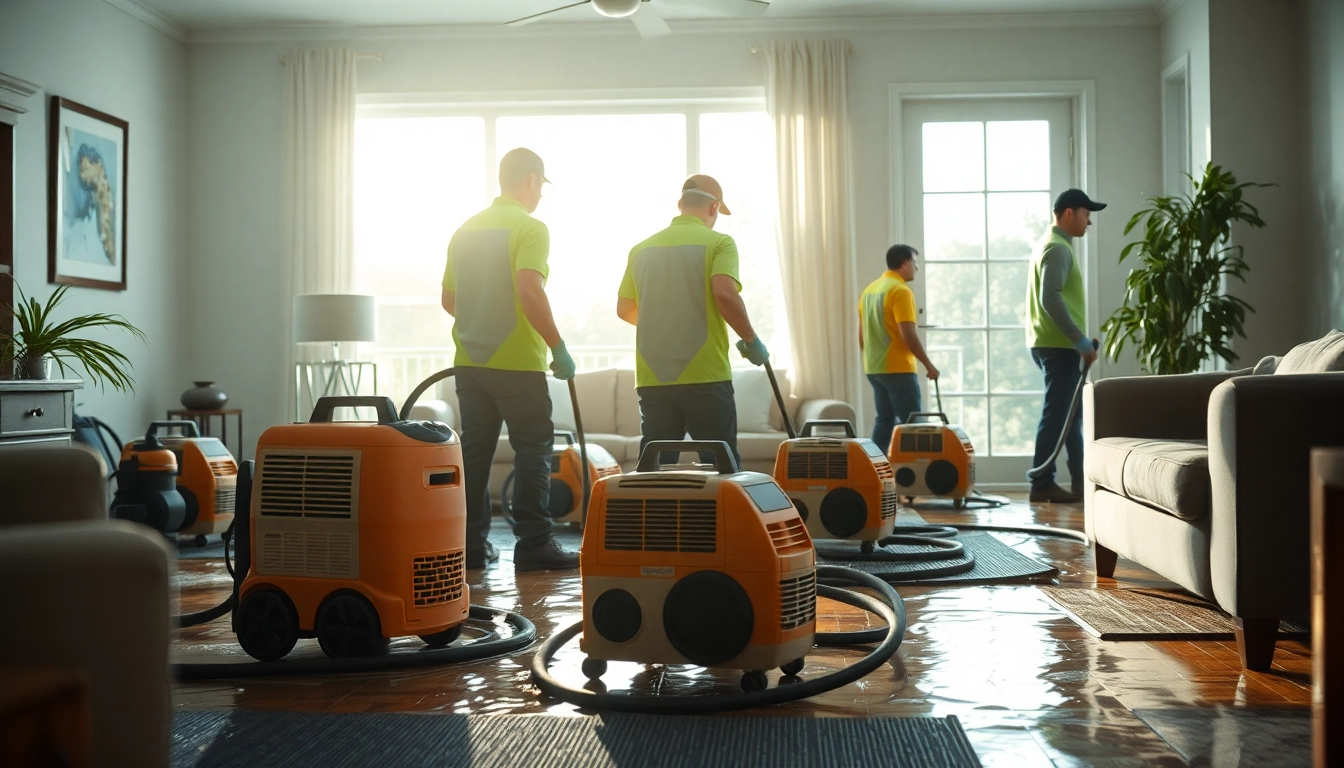

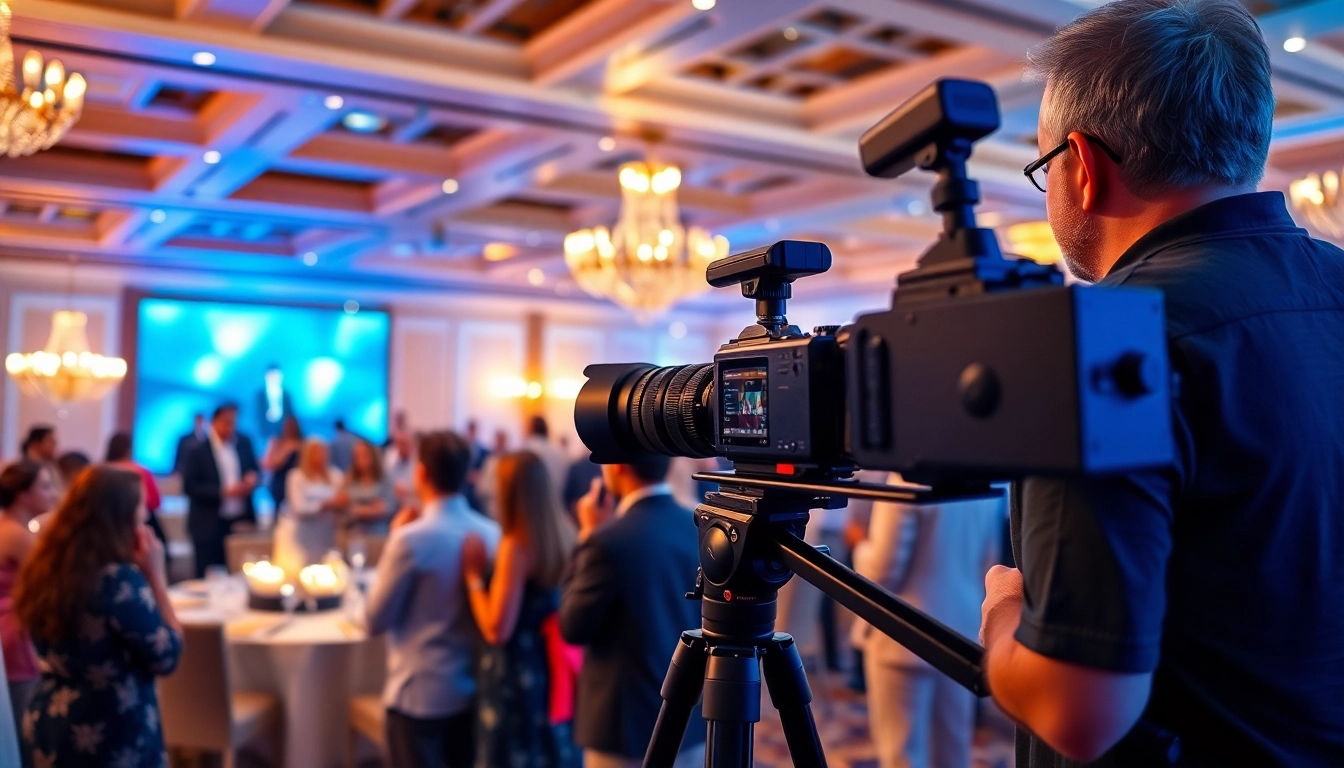
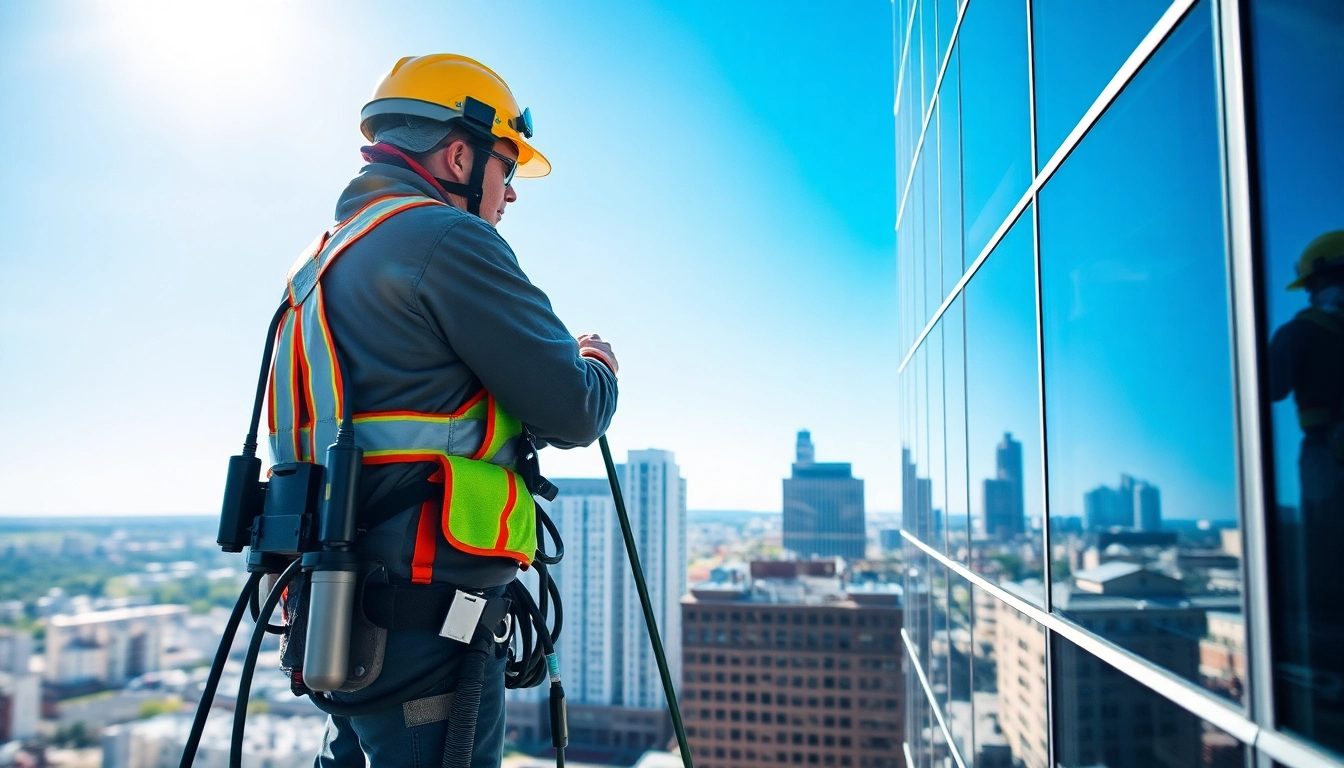
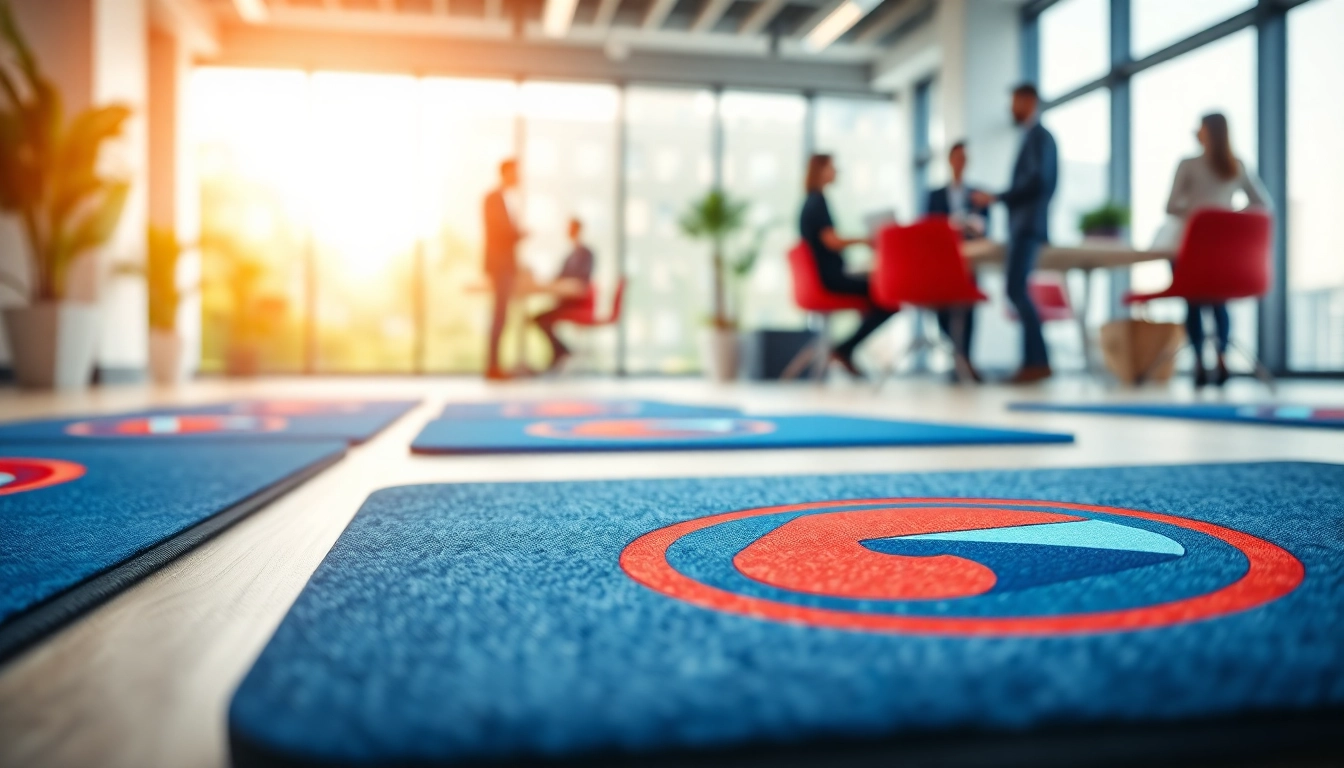




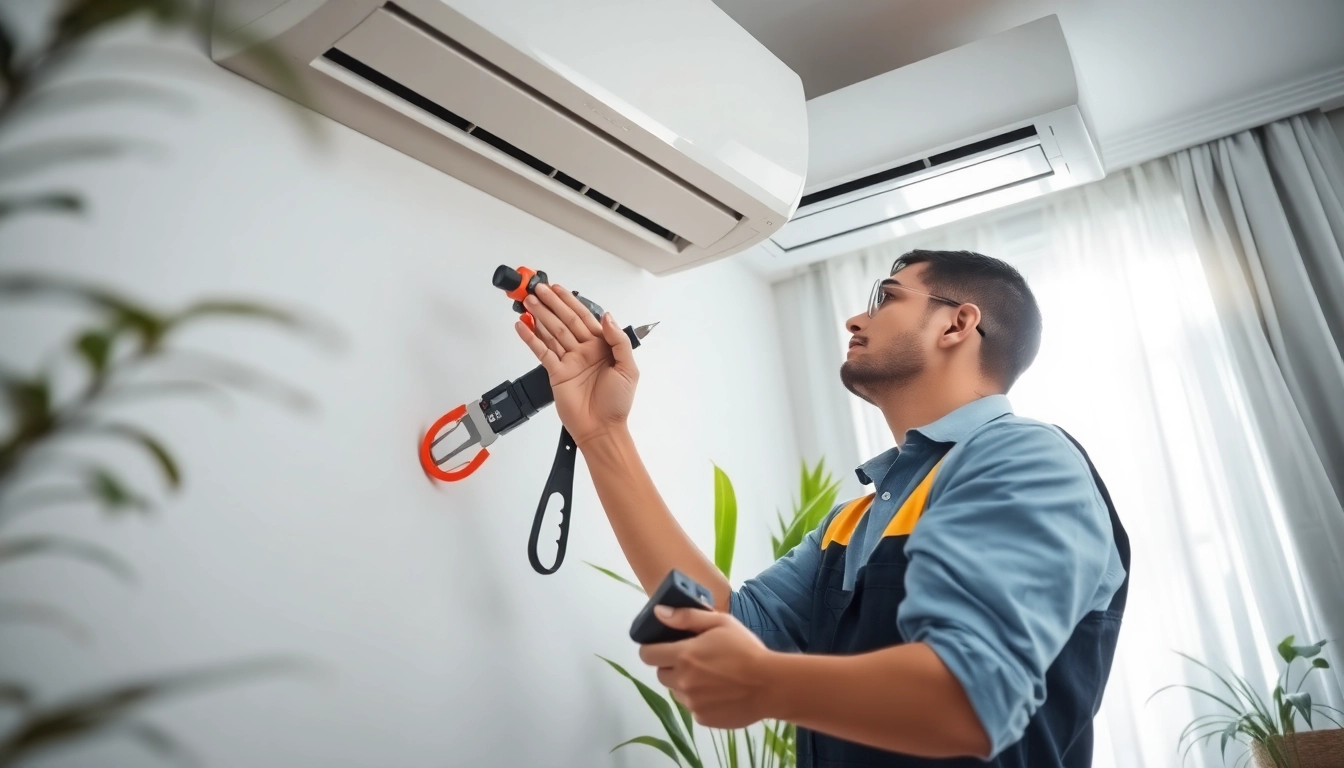
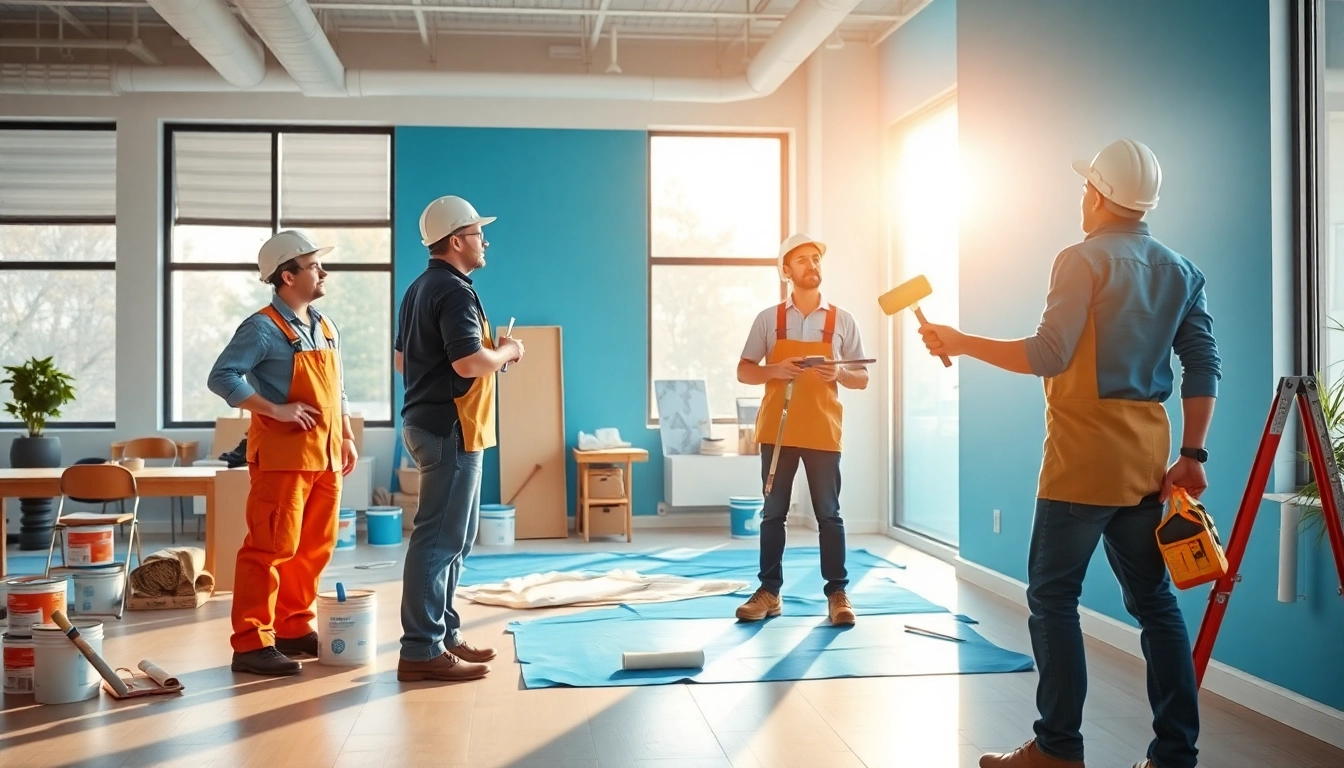



Leave a Reply